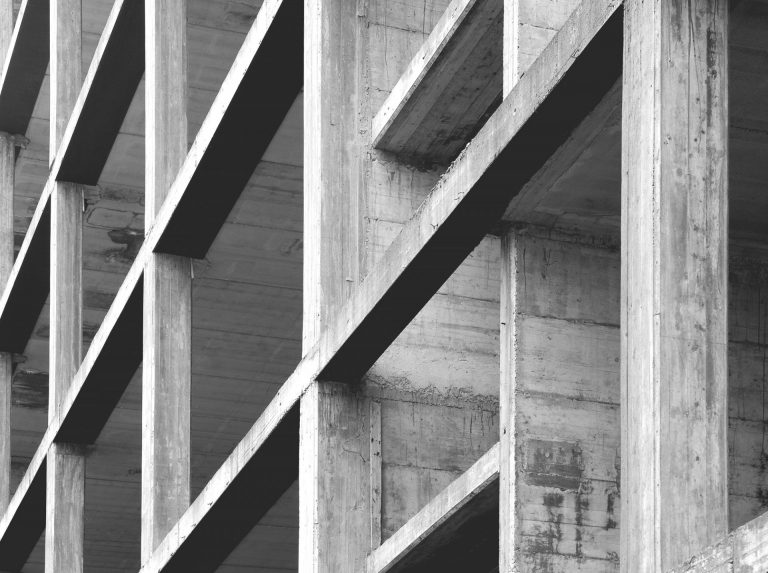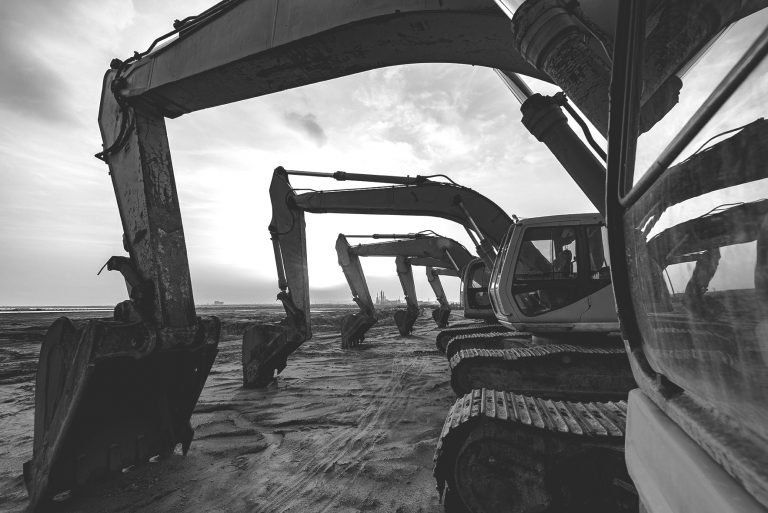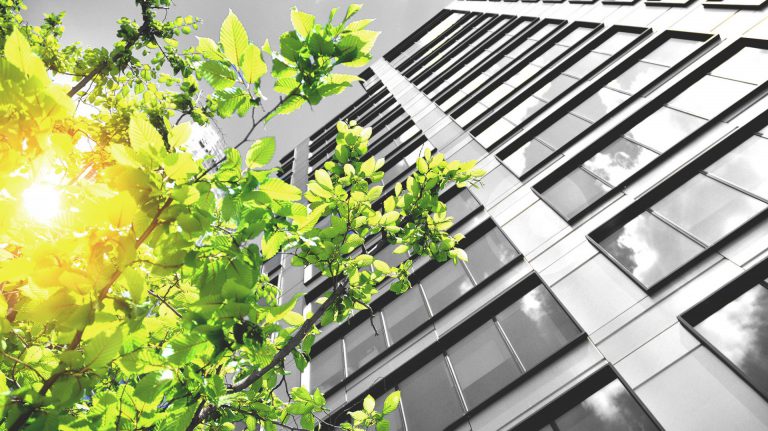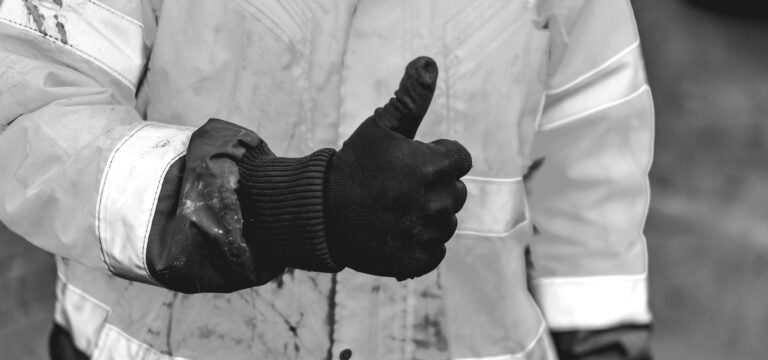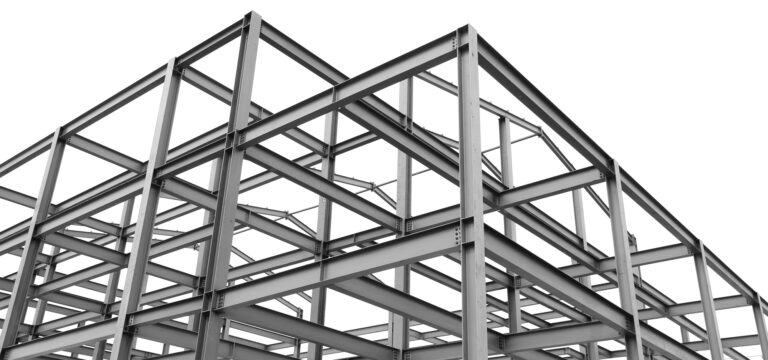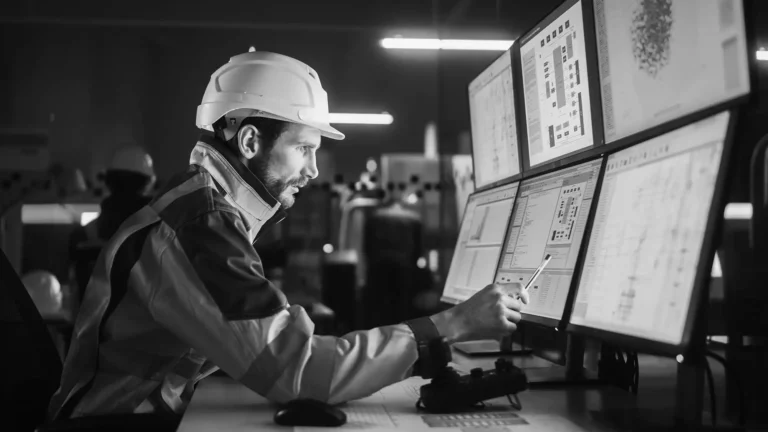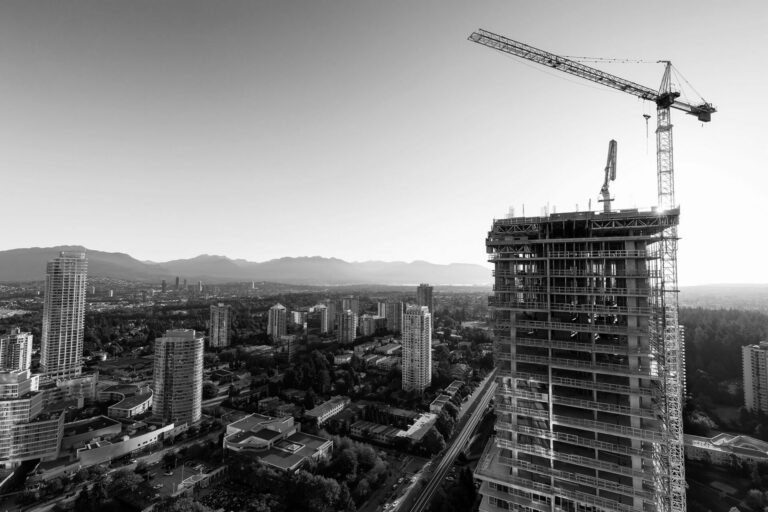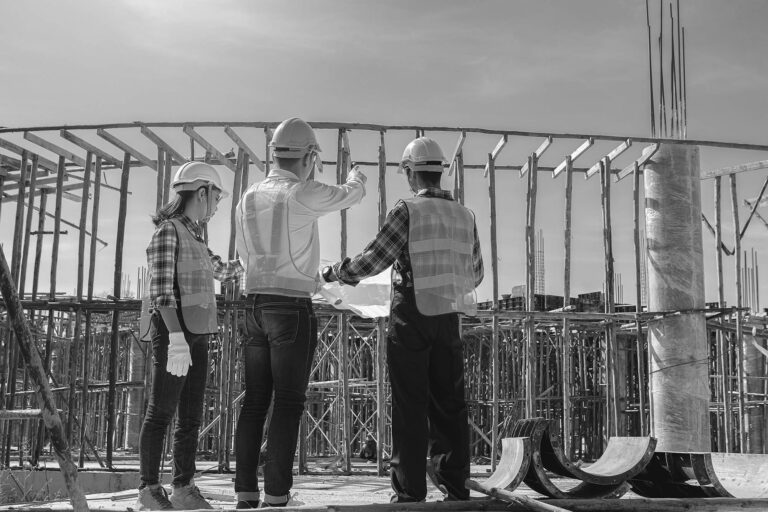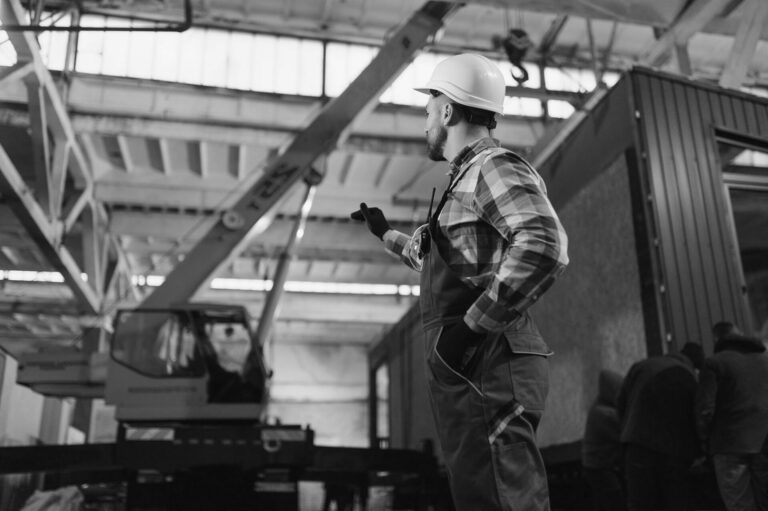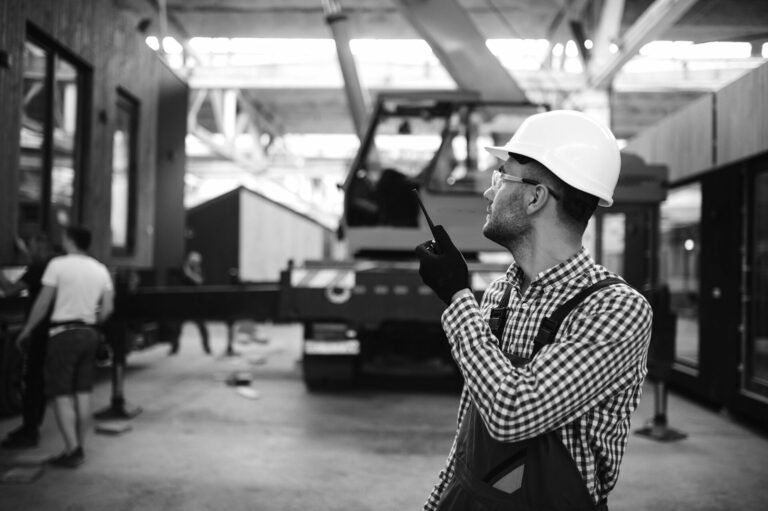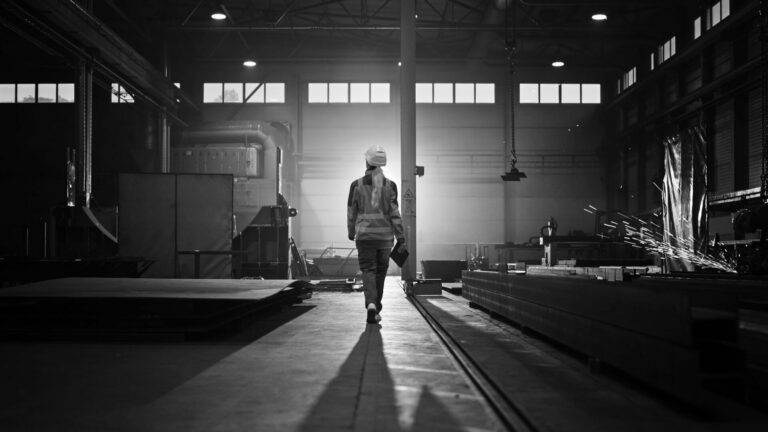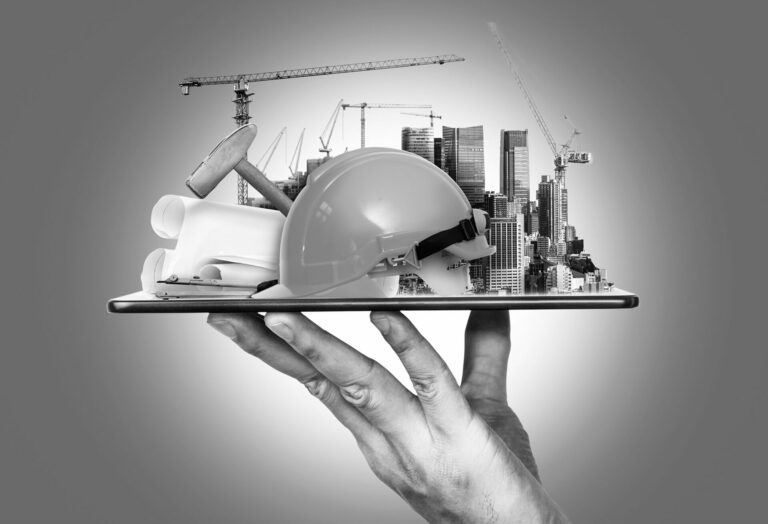The U.S. construction industry, a vital engine of economic growth, is facing unprecedented challenges in 2025. New administrative policies and sweeping tariffs on imported materials are driving up costs, disrupting supply chains, and threatening the affordability of housing and infrastructure projects. From bustling job sites in Nashville to disaster-stricken regions in Los Angeles, industry leaders are grappling with how to adapt while maintaining profitability and meeting demand.

In April 2025, the Trump administration announced reciprocal tariffs on critical construction materials, including a 25% duty on steel and aluminum from major trading partners like China, Canada, and Mexico, as well as tariffs on lumber, electrical components, and construction machinery. While these tariffs were paused for 90 days for most countries (except China) to allow for trade negotiations, the mere threat has sent shockwaves through the industry. The National Association of Home Builders (NAHB) reported in April 2025 that 60% of U.S. builders noted suppliers had already increased or planned to increase material prices due to tariff uncertainty. This has compounded existing cost pressures, with NAHB data showing a 12% drop in new single-family home construction starts in April 2025 compared to the previous year, driven by tariffs, high mortgage rates, and rising material costs.
Buddy Hughes, NAHB chairman and a home builder from Lexington, North Carolina, encapsulates the industry’s frustration: “The decline in single-family housing starts in April mirrors builder sentiment, as elevated interest rates, uncertainty on the tariff front, and rising construction costs are exacerbating housing affordability challenges.” Hughes’ concerns reflect a broader reality: tariffs are not just increasing costs but undermining the industry’s ability to address the nation’s housing shortage, with an estimated 1.5 million-unit deficit reported by NAHB in 2025.
In Nashville, a construction hotspot, Steve Martinez, president of Tradewinds, warns of the ripple effects: “Imposing additional tariffs would increase costs for the construction industry, slow down business, and ultimately worsen the housing burden for American residents.” Martinez’s firm has shifted to strategic planning, including bulk purchasing and early contract negotiations, to mitigate tariff impacts. However, he notes that these measures are only partially effective given the scale of cost increases. For instance, steel prices, a critical input for commercial and residential projects, have risen by 15% since the tariff announcement, according to the Associated General Contractors of America (AGC).
“Imposing additional tariffs would increase costs for the construction industry, slow down business, and ultimately worsen the housing burden for American residents.”
The impact is particularly acute in regions like Florida, where hurricane recovery efforts are straining resources. John Burns, CEO of John Burns Research and Consulting, highlights the compounding effect of tariffs on disaster recovery: “Post-hurricane rebuilding in Florida is already stretched thin. Tariffs on lumber and steel are driving up costs for temporary housing and permanent reconstruction, delaying recovery for thousands of families.” Burns’ firm estimates that tariffs could add $10,000–$15,000 to the cost of rebuilding a single-family home in affected areas.
Tariffs are exacerbating supply chain vulnerabilities that have plagued the industry since the pandemic. The U.S. relies heavily on imported materials, with 30% of softwood lumber coming from Canada, 80% of which now faces tariff-related cost increases. NAHB estimates that these tariffs could add over $9,000 to the cost of a new home, further straining affordability in a market where median home prices hover around $400,000. In Los Angeles, the Palisades Fire, which destroyed over 5,400 homes in late 2024, has intensified demand for materials like lumber, concrete, and steel, but tariff-driven price hikes and global supply chain disruptions are causing shortages and delays.
Adam Ashman, president of the Greater Houston Builders Association, notes that the impact is most pronounced for Chinese-manufactured products: “We’re seeing the pricing impacts… primarily Chinese manufactured products such as lighting hardware and electrical components.” While Houston has not yet seen widespread project cancellations, Ashman warns that prolonged tariff enforcement could change that, particularly for mid-sized firms with tighter margins. In contrast, larger firms are better positioned to absorb costs, but even they are feeling the pinch. Carl Oliveri, a construction industry advisor, explains: “Steel and aluminum tariffs continue squeezing construction margins. Successful firms are using battle-tested strategies like bulk purchasing, diversifying suppliers, and locking in contracts early to maintain profitability.” However, Oliveri cautions that these strategies are less viable for smaller contractors, who make up 70% of the industry according to AGC data.
In the Midwest, where infrastructure projects like bridge and highway repairs are critical, tariffs are delaying timelines. Mike Bellaman, CEO of the AGC, stated in a May 2025 interview: “Tariffs on steel and machinery are pushing project costs up by 10–20% in some cases. This isn’t just about budgets—it’s about delaying critical infrastructure that communities rely on.” Bellaman’s comments highlight how tariffs are not only a private-sector issue but a public one, affecting everything from road safety to economic competitiveness.

The Trump administration’s broader policy agenda is a double-edged sword for construction. The passage of a major domestic policy bill in 2025, dubbed the “big, beautiful bill,” includes tax cuts and increased deductions for state and local taxes, which could stimulate demand for commercial and residential projects. The bill’s provision to raise the state and local tax deduction cap to $20,000 for individuals and $40,000 for married couples could free up capital for real estate investment, particularly in high-tax states like California and New York. However, the rollback of Biden-era clean energy tax credits (except for nuclear plants, viable until 2028) threatens to stall sustainable construction, a sector that has seen 15% annual growth since 2022, according to the U.S. Green Building Council.
Jennifer Wauhob, a partner at Holland & Knight’s construction law practice, underscores the need for contractual agility: “The policy shifts, combined with tariffs, are forcing a rethink of how we structure contracts. Owners and contractors must account for cost volatility and potential delays with flexible pricing and risk-sharing clauses.” Wauhob’s firm has seen a 30% increase in requests for tariff-related contract revisions since April 2025, reflecting the industry’s scramble to adapt.
The administration’s tariff goals: rebuilding U.S. manufacturing, establishing trade reciprocity, and addressing non-tariff barriers, are ambitious but divisive. Critics argue that the short-term pain outweighs the long-term gain. Representative Mark Takano tweeted in April 2025: “New home construction dropped again last month; yet another ripple effect of Trump’s tariff policies. With affordable housing already out of reach for too many families, we can’t afford policies that stall progress and drive up costs.” Takano’s perspective resonates with urban developers, who face added pressure from rising costs in already expensive markets.
The economic fallout from tariffs extends beyond construction sites. St. Louis Fed President Alberto Musalem warned in April 2025 that tariffs, even at their current 10% level for most countries, could have a “significant” short-term impact on inflation, unemployment, and economic growth. Fed Chair Jerome Powell echoed this on May 7, 2025, noting that the central bank is monitoring tariff impacts closely before adjusting monetary policy. Goldman Sachs estimates that a full implementation of the proposed 25% tariffs could increase construction costs by 8–12% across the board, potentially reducing GDP growth by 0.5% in 2026.
The data center construction sector, driven by the AI boom, is particularly vulnerable. Beatriz Valle, a senior analyst at GlobalData, warns: “The tariffs will have the unintended consequence of making the U.S. lose competitiveness in the global race for AI leadership.” With 80% of data center components (like copper wiring and steel frames) imported, costs are rising, and project timelines are extending. For example, a planned $2 billion data center in Virginia has seen its budget increase by 15% due to tariff-related material costs, according to a report from Engineering News-Record.
Smaller markets are also feeling the strain. In Boise, Idaho, a growing hub for commercial development, local contractor Sarah Johnson of Johnson Construction Group notes: “We’re seeing delays in our mid-rise projects because suppliers can’t guarantee delivery times for steel and electrical components. Tariffs are forcing us to pass costs onto clients, which risks stalling projects altogether.” Johnson’s experience reflects a broader trend: 40% of contractors surveyed by AGC in April 2025 reported project delays due to supply chain issues tied to tariffs.
Despite the challenges, the industry is adapting. Some firms are exploring domestic sourcing to reduce tariff exposure, though U.S. manufacturing capacity for materials like steel remains limited, with only 70% of domestic demand met by local producers, per the American Iron and Steel Institute. Others are leveraging technology, such as AI-driven project management tools, to optimize resource allocation and minimize delays. For example, Turner Construction reported a 20% improvement in project efficiency in 2025 by using AI to predict supply chain bottlenecks.
Trade groups like NAHB and AGC are also advocating for policy relief. NAHB’s chief economist, Robert Dietz, called for targeted exemptions in a May 2025 statement: “The administration must consider carve-outs for construction materials to prevent further damage to housing affordability and infrastructure progress.” Meanwhile, firms are diversifying suppliers, with some turning to South American and European sources to bypass Chinese tariffs, though this often comes with higher logistics costs.
The tariff pause until July 9, 2025, offers a brief reprieve, but the industry remains on edge. Martinez in Nashville sums it up: “We’re not just building houses; we’re building strategies to survive this uncertainty.” As the industry navigates this complex landscape, its resilience will be tested, but its ability to innovate and adapt may yet pave the way for recovery.
The U.S. construction industry currently stands at a critical juncture. Tariffs and administrative policy shifts are driving up costs, delaying projects, and challenging the sector’s ability to meet America’s housing and infrastructure needs. Industry leaders like Hughes, Martinez, and Bellaman are sounding the alarm while implementing creative solutions, from contractual revisions to technological innovations. As the nation grapples with economic uncertainty and a housing crisis, the construction industry’s response to these challenges will shape its future. The coming months will determine whether policy adjustments can balance long-term goals with immediate needs or if the weight of tariffs will delay the building of America’s tomorrow.


